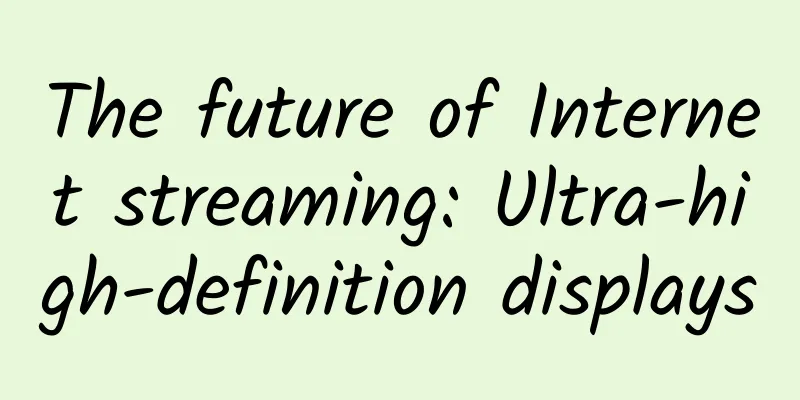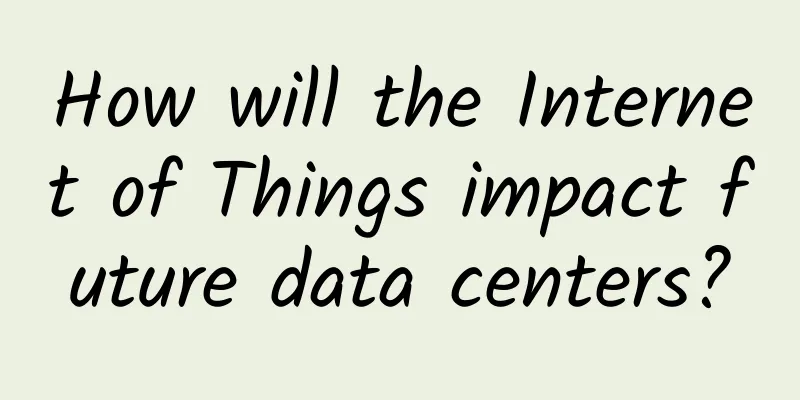The future of Internet streaming: Ultra-high-definition displays

|
As we stand on the precipice of a new era in digital technology, the future of Internet streaming is taking a major leap forward. The next big thing in streaming is the advent of Ultra High Definition (UHD) displays, a technology that promises to revolutionize the way we consume digital content. With four times the resolution of standard High Definition (HD), UHD offers a stunning viewing experience. UHD, also known as 4K, has a resolution of 3840 x 2160 pixels, which is much higher than the 1920 x 1080 pixels provided by standard HD. The dramatic increase in pixel density produces a sharper, more detailed image. The difference is especially noticeable on large screens, where the limitations of HD become more apparent. With UHD, viewers can enjoy a cinematic experience in the comfort of their own home. However, the transition to UHD is more than just an improvement in picture quality. It also represents a major shift in the way content is delivered. Streaming services such as Netflix, Amazon Prime, and Hulu are at the forefront of this change, investing heavily in UHD content and infrastructure. Not only are these platforms offering UHD versions of existing content, but they are also commissioning new shows and movies shot in 4K. This shift to UHD is a clear indication of where the industry is headed. However, as with any new technology, there are challenges to overcome. One of the main obstacles is the increased bandwidth required for ultra-high-definition streaming. Streaming 4K content requires a stable internet connection of at least 25Mbps, which is much higher than the average global internet speed. This has raised concerns about a digital divide, with people in areas with poor internet infrastructure risking being left behind. There are also concerns about the environmental impact of UHD streaming. The increased data usage associated with 4K content leads to higher energy consumption, which increases the carbon footprint of digital technology. This has led to calls for the industry to adopt more sustainable practices, including the development of more energy-efficient streaming technologies. Despite these challenges, the future of Internet streaming looks bright. Advances in technology, such as the rollout of 5G networks and the development of more efficient video codecs, are expected to alleviate some of the issues associated with ultra-high-definition streaming. Additionally, as consumers become more aware of the impact their digital habits have on the environment, demand for more sustainable streaming options is likely to increase. In summary, the advent of Ultra HD is set to transform the world of internet streaming. With its superior picture quality and immersive viewing experience, Ultra HD represents the next step in the evolution of digital content. However, it also presents significant challenges in terms of infrastructure and sustainability. As we move forward, it is vital for the industry to address these issues, ensuring that everyone can enjoy the benefits of Ultra HD without harming the planet. |
<<: Microcables – an excellent solution for denser and faster fiber deployments
>>: Can 5G RedCap technology help operators regain confidence?
Recommend
Life is not easy, where is the future for terminal manufacturers in the 5G era?
From the 1G analog communication era to the 4G mo...
[2024] What are the VPS in Hong Kong? How to choose a VPS in Hong Kong? Check out the information of VPS merchants in Hong Kong
It's a new year, so let's summarize some ...
If you don’t know NAT, you can’t be a good network engineer
[[436174]] 1. Network Address Translation Technol...
How to understand the differences and connections between Session, Cookie, and Token
This article will introduce Session, Cookie, and ...
Latest version of Riverbed SteelCentral performance monitoring platform released
Riverbed Technology recently announced that the l...
The web standard is always MIME version 1.0
Introduction There is no order without rules, and...
Tencent Cloud Procurement Season: Standard cloud server annual payment starts from 95 yuan, lightweight cloud server 1C2G5M=288 yuan/3 years
Here is an update on Tencent Cloud's flash sa...
DigitalVirt: Los Angeles AS9929 line starting at 39 yuan/month, 1GB/20G NVMe/1TB monthly traffic
DigitalVirt is a Chinese hosting company founded ...
Virtono adds new Hong Kong data center, 12 data center KVM annual payment starts from 29.95 euros
I received the latest news from Virtono. The merc...
How to smoothly go online after MySQL table sharding?
[[431098]] Purpose of the table During the projec...
HTTPS learning summary
Preface I've been reading about HTTP recently...
As the 5G era approaches, mobile bearer networks face new challenges
As 5G commercialization approaches, 5G technology...
[Black Friday] spinservers: $49/month - E3-1280v5, 32G memory, 1TB NVme, 10Gbps bandwidth, San Jose/Dallas data center
Spinservers' Black Friday event has also begu...
What problems does each generation of HTTP protocol solve?
Recently, I briefly studied the development histo...
Ruijie Networks attended the Digital China Summit and attracted attention with its unique all-optical network
On April 25, the 4th Digital China Summit was gra...





![[5.1] DogYun: 30% off on all dynamic clouds, 20% off on classic clouds, 10 yuan free for every 100 yuan recharge, 100 yuan off for independent servers per month](/upload/images/67cabee4e8514.webp)


![[Black Friday] HostDare: $9.89/year-768MB/15G NVMe/1TB/Los Angeles Data Center](/upload/images/67cabcf183290.webp)
